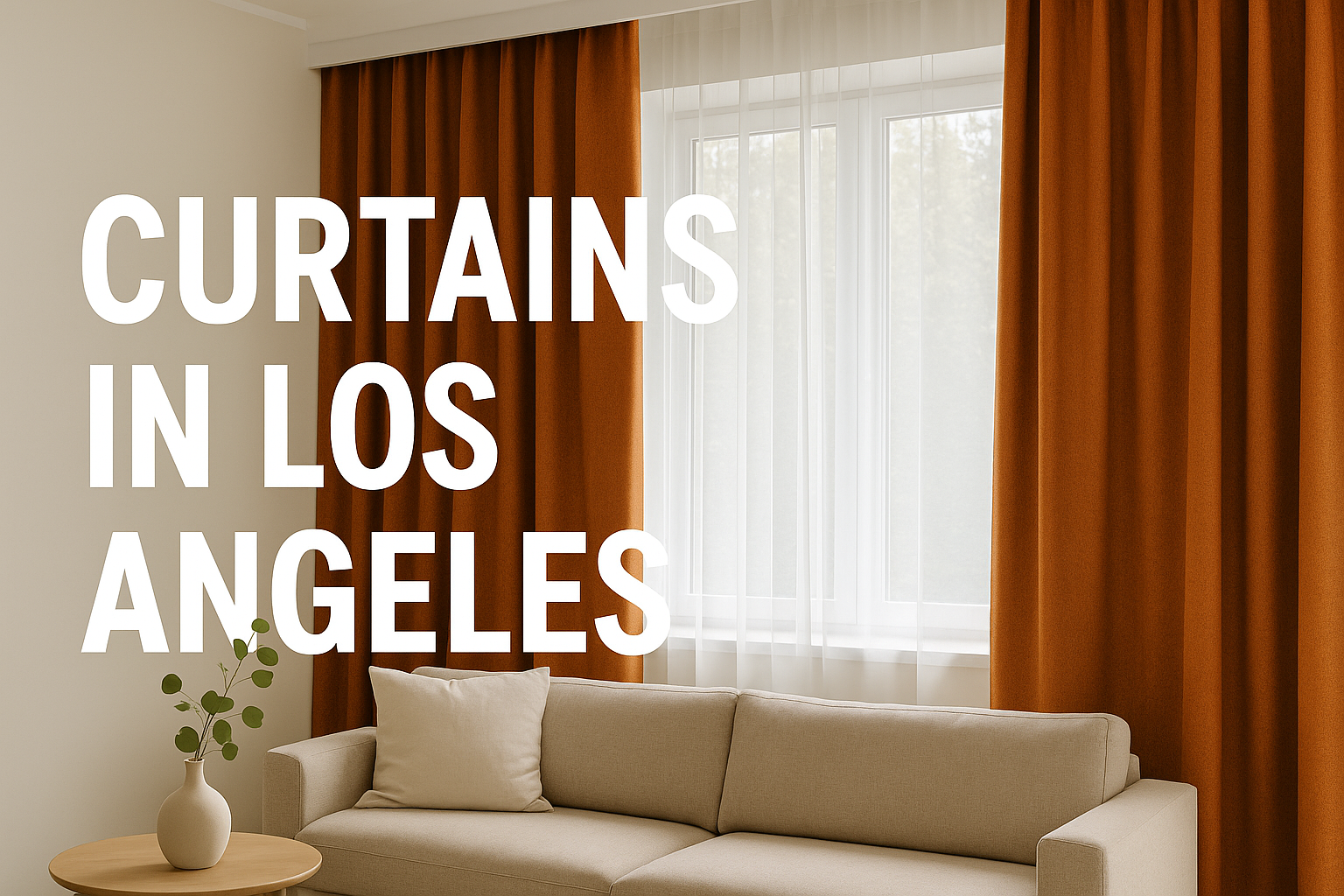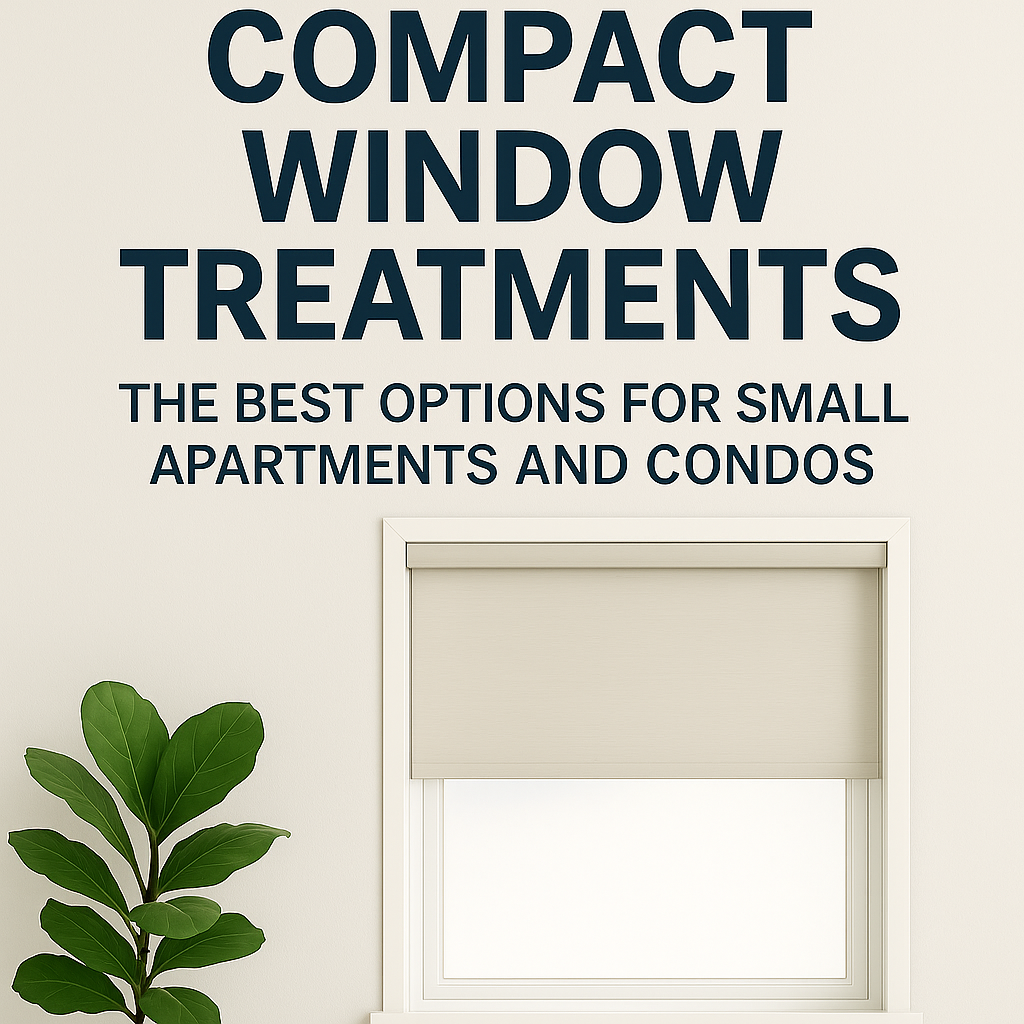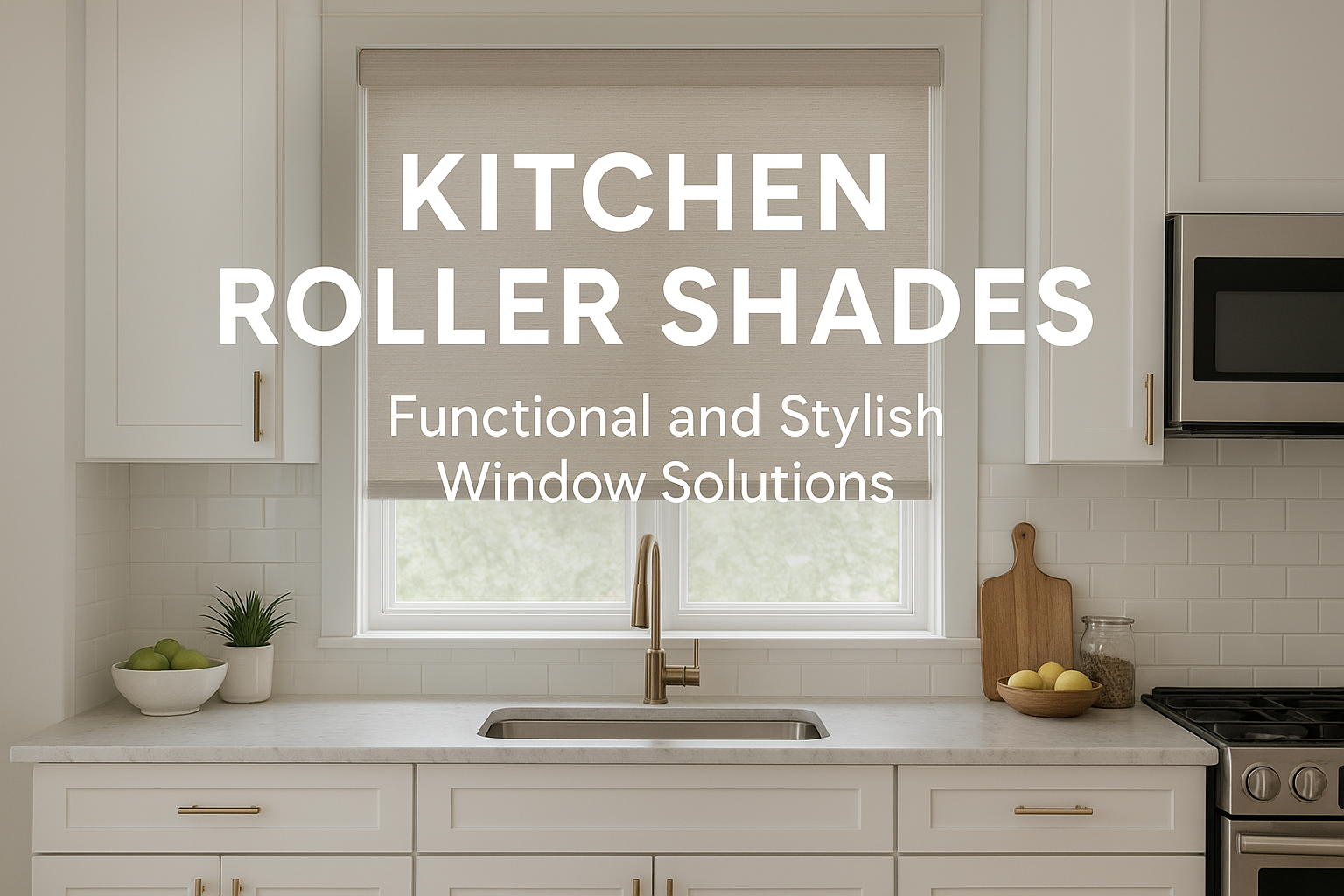Custom blinds for office spaces offer a unique blend of style, privacy, and functionality, making them an ideal choice for modern workplaces. With a variety of materials, styles, and colors, these blinds can be tailored to fit any office aesthetic, while providing precise control over natural light. Discover how custom blinds can transform your workspace and create a comfortable, professional environment.
Benefits of Custom Blinds for Office Spaces
Custom blinds offer a range of benefits for office spaces, combining aesthetics, comfort, and functionality to create a productive and visually appealing environment. Here’s why investing in custom blinds for your office can be a great decision:
- Enhanced Privacy and Security: Custom blinds provide precise control over visibility and privacy. In an office setting, this means that sensitive meetings or work areas can be kept out of sight from the outside, ensuring confidentiality. With the right blinds, you can block out views from the exterior without sacrificing natural light.
- Improved Comfort with Light Control: One of the key benefits of custom blinds is their ability to regulate the amount of sunlight entering a space. This feature helps to reduce glare on computer screens and maintain a comfortable environment for employees. With custom options, you can select blinds that are specifically suited to the orientation of your office windows, maximizing comfort throughout the day.
- Energy Efficiency: Custom blinds can help to improve the energy efficiency of your office. By reducing the heat gain during hot summer months and providing an extra layer of insulation in the winter, blinds can contribute to maintaining a stable indoor temperature. This can lead to lower heating and cooling costs, making them a cost-effective choice for your office.
- Professional Aesthetic Appeal: The appearance of your office speaks volumes about your brand, and custom blinds can contribute to creating a cohesive and professional look. With a variety of styles, colors, and materials available, custom blinds can be tailored to match your brand’s identity and the overall decor of your workspace. This attention to detail can leave a lasting impression on clients and visitors.
- Durability and Long-Lasting Quality: Custom blinds are designed to meet the specific needs of your office, ensuring a better fit and higher quality compared to off-the-shelf options. This results in improved durability, meaning they can withstand daily use in a busy office environment and last for years with minimal maintenance.
These benefits make custom blinds an excellent choice for enhancing the comfort, energy efficiency, and visual appeal of any office space. They are not just a functional solution but also a design element that can elevate the overall ambiance of your workplace.
Types of Custom Blinds for Office Settings
Selecting the right type of custom blinds for your office is crucial for achieving a balance between functionality, aesthetics, and comfort. Here’s an overview of the most popular types of custom blinds suitable for office environments:
- Vertical Blinds
Vertical blinds are a common choice for office settings, especially for large windows and sliding doors. They consist of vertical slats that can be tilted to control light or drawn completely to one side to let in maximum sunlight. Vertical blinds are ideal for office spaces because they are easy to maintain, durable, and offer excellent control over light and privacy. - Roller Shades
Roller shades provide a sleek, modern look for any office. Made from a single piece of fabric that rolls up and down, they offer a clean aesthetic that can blend seamlessly with various decor styles. Roller shades come in different opacity levels, from light-filtering to blackout, making them versatile for areas where you want to control light levels, such as conference rooms or private offices. - Venetian Blinds
Venetian blinds are a classic choice for office spaces, featuring horizontal slats that can be tilted to adjust light and privacy. They are available in a variety of materials such as aluminum, wood, and faux wood, allowing for a tailored look that matches the office decor. Venetian blinds offer precise control over light, making them suitable for areas where adjusting glare is important, such as meeting rooms or open workspaces. - Motorized Blinds
Motorized blinds are an excellent option for offices that value convenience and modernity. These blinds can be adjusted with the push of a button or through a smartphone app, allowing for automated control over light and privacy. Motorized blinds are particularly useful in large offices with hard-to-reach windows or spaces where adjusting blinds manually would be impractical. They can also be programmed to adjust based on time of day or lighting conditions, adding to the energy efficiency of the office. - Cellular Shades
Cellular shades, also known as honeycomb shades, are designed to provide superior insulation and energy efficiency. They feature a honeycomb structure that traps air, helping to maintain a consistent temperature in your office. This makes them ideal for offices looking to reduce energy costs while providing a comfortable working environment. Cellular shades also offer a sleek appearance and come in various colors and styles to match the office decor.
Each of these custom blind types brings its own set of advantages to office settings, allowing you to choose the best option based on your specific needs and aesthetic preferences. Whether you’re aiming for a modern, minimal look or prioritizing energy efficiency, there’s a type of custom blind that can elevate the functionality and appearance of your office space.
How to Measure and Install Custom Blinds in Your Office
Properly measuring and installing custom blinds in your office is essential for achieving a polished look and ensuring effective light control. Here’s a step-by-step guide to help you accurately measure and install custom blinds in your office space:
1. Measuring for Inside-Mount Blinds
Inside-mount blinds are installed within the window frame, offering a clean and modern look. Follow these steps to measure correctly:
- Measure the Width: Measure the width of the window in three places: the top, middle, and bottom. Use the narrowest measurement as your final width to ensure the blinds fit snugly within the window frame.
- Measure the Height: Measure the height of the window from the top inside edge of the frame to the bottom. Measure in three places—left, middle, and right—and use the longest measurement to ensure full coverage.
- Check the Depth: Measure the depth of your window frame to ensure that the window recess is deep enough to accommodate the inside-mount blinds.
2. Measuring for Outside-Mount Blinds
Outside-mount blinds are installed outside the window frame, making them ideal for windows with shallow depths or for maximizing light coverage. Follow these steps to measure for outside-mount blinds:
- Measure the Width: Measure the total width you want the blinds to cover, including any extra space on either side of the window for better light control. Add 2-3 inches on each side of the window frame to ensure complete coverage.
- Measure the Height: Measure from the top of where you want the blinds to be mounted (above the window frame) to the bottom edge. Add a few inches above the window for mounting space to ensure better light blocking.
3. Installing Custom Blinds
With your measurements ready, follow these steps for a smooth installation process:
- Gather Tools and Hardware: Before starting, make sure you have all the necessary tools, such as a drill, screws, brackets, and a level. Most custom blinds come with the required mounting hardware.
- Mark the Bracket Positions: Using a pencil, mark where the brackets will be placed on either side of the window frame (for inside mounts) or on the wall (for outside mounts). Ensure the brackets are level with each other for a straight installation.
- Install the Brackets: Use a drill to secure the brackets into the marked spots. Make sure the screws are tightly in place so that the brackets can hold the weight of the blinds.
- Attach the Blinds: Once the brackets are secure, place the headrail of the blinds into the brackets and snap it into place. Ensure that the blinds operate smoothly by raising and lowering them a few times.
4. Adjusting and Final Touches
After installation, it’s important to make a few adjustments to ensure the blinds are working properly:
- Check Alignment: Use a level to ensure that the blinds are perfectly straight. Adjust the brackets if necessary.
- Test the Blinds: Raise and lower the blinds to ensure smooth operation and that they fit properly within the window space.
- Install the Safety Cord Retainer: If your blinds have a cord, install the cord retainer to the wall to keep the cords safely out of reach, especially if your office has frequent visitors or young children.
By following these steps, you can ensure that your custom blinds fit perfectly and provide an elegant, functional addition to your office space. Accurate measurements and proper installation help you avoid any gaps or issues, ensuring that your office looks polished and professional while enjoying the benefits of custom blinds.
Custom Blinds for Office: Style Tips and Design Ideas
Choosing the right custom blinds for your office goes beyond just functionality; it’s also about creating a professional and comfortable atmosphere that suits your brand and business environment. Here are some style tips and design ideas to help you find the perfect custom blinds for your office space:
1. Match Blinds with Office Decor
- Neutral Tones for a Professional Look: If your office features a minimalist design, opt for blinds in neutral tones like white, gray, or beige. These colors complement various office styles and create a cohesive, clean look.
- Bold Colors for a Creative Touch: For offices in creative industries or spaces that embrace vibrant aesthetics, consider choosing blinds in bold colors like deep blues, greens, or even bright shades that reflect your brand colors. This can help energize the space and leave a lasting impression on clients.
- Texture and Pattern: Blinds with subtle textures or patterns can add depth to your office design. For example, woven wood blinds provide a natural, organic feel, while fabric blinds with delicate patterns can add a touch of elegance.
2. Incorporate Motorized Options for Convenience
- Smart Motorized Blinds: Consider motorized blinds that can be adjusted with a remote or a smart home system. They are perfect for offices with large windows or for spaces where easy control over light levels is essential, like conference rooms or meeting spaces.
- Automated Schedules: Motorized blinds can be programmed to open and close at specific times, helping to regulate natural light throughout the day and maintain a comfortable atmosphere for employees. This feature is ideal for offices looking to balance natural light with energy efficiency.
3. Consider Light Control for Different Areas
- Light Filtering Blinds for Common Areas: Light-filtering blinds are perfect for office lounges or reception areas where you want to create a welcoming, well-lit environment. These blinds diffuse natural light, reducing glare while still allowing a soft glow into the space.
- Blackout Blinds for Meeting Rooms: In conference rooms or presentation areas, blackout blinds are ideal for blocking out light during presentations or video calls. They provide complete privacy and prevent distractions from outdoor views.
- Adjustable Blinds for Workstations: For employee workstations, consider blinds that can easily be adjusted to control glare and light levels. This ensures that each employee can customize their space for maximum comfort while working.
4. Focus on Durability and Easy Maintenance
- Choose Durable Materials: Offices experience frequent use, so it’s important to select blinds made from durable materials like aluminum, faux wood, or high-quality fabric. These materials resist wear and tear, making them suitable for high-traffic areas.
- Easy-to-Clean Options: Blinds that are easy to clean, such as those made from PVC or faux wood, can save time and maintain a professional look. These materials can be wiped down with a damp cloth, keeping the space looking fresh and well-maintained.
- Fabric Blinds with Stain Resistance: If you prefer fabric blinds, consider options with stain-resistant coatings, which are especially useful in areas like break rooms or kitchens where spills are more likely.
By choosing custom blinds that align with your office’s style and needs, you can create a space that is both functional and visually appealing. Whether it’s adding a touch of color, opting for automated convenience, or ensuring easy maintenance, custom blinds can elevate your office environment while offering practical benefits.





